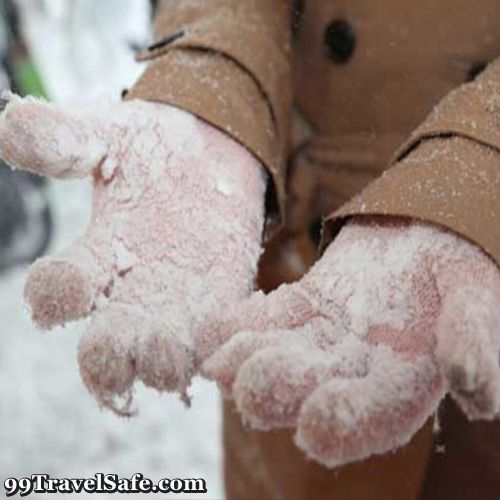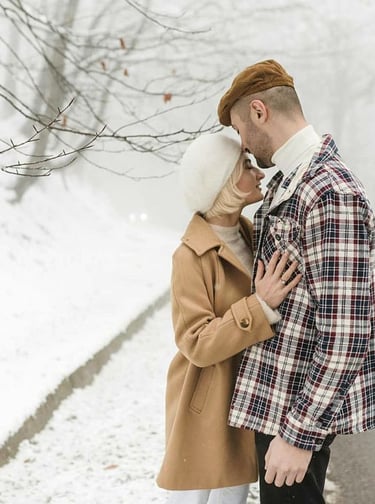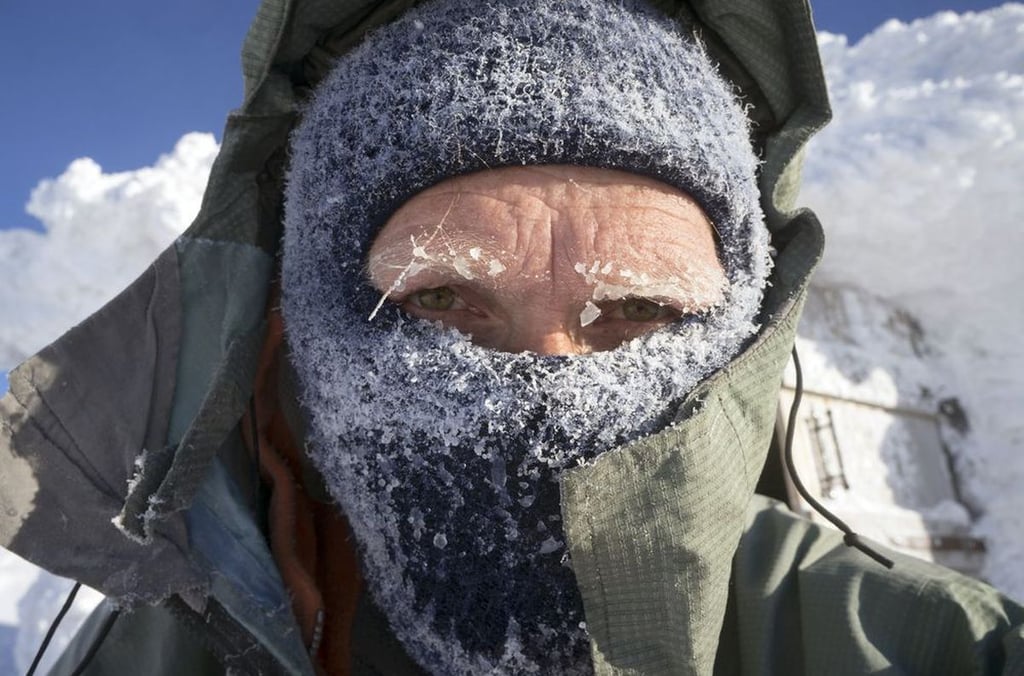

99TravelSafe.com
The Website For The Smart and Savvy Traveler
83 – The Prevention and Treatment of Frostbite!


Related Pages - Please Also See;
82 – Preventing and Treating Hypothermia
83 – Preventing and Treating Frostbite
84 – Preventing Snow Blindness (Photokeratitis)
74 – Winter Travel Safety and Precautions
75 – Safety of Children Traveling in Winter
76 – Children’s Winter Clothing
77 – Winter Driving – Safety and Precautions
81 – Safety of Children Playing in the Snow
The Prevention and Treatment of Frostbite!


FROSTBITE results from exposure to low temperatures, wind and moisture over a period of time. It can occur anywhere outside during cold temperatures
Seek medical attention immediately if you suspect frostbite. There are two degrees of frostbite!
SUPERFICIAL frostbite that looks like grey or yellowish patches on the skin, especially, fingers, toes, face, ears but can occur on any exposed skin!
The first symptoms are usually numbness or itching and prickly pain. The skin remains soft but becomes red and flaky after it thaws
DEEP or SEVERE Frostbite looks like waxy and pale skin and feels cold, hard and solid to the touch. The areas turn blue or purple when thawing and large blisters may appear when the area warms up!
What To Do If You Suspect Frostbite!
-- As soon as you suspect frostbite, get out of the cold and to a warm place!
-- Seek medical attention IMMEDIATELY!
-- Warm affected area with warm body part.
-- Remove any tight clothing to increase circulation!
-- If affected area is partially thawed, place in warm (NOT hot) water (102 to 106 degrees Fahrenheit/40°Centigrade). If the water is too cold, thawing will take too long. It takes about 20 to 40 minutes for tissues to soften!
-- Have the victim drink warm fluids to help increase circulation and warm the body - NO caffeine or alcohol!
-- NEVER rub or massage the affected area and NEVER put snow or ice on the frostbite! The area can be protected with a fluffy clean bandage and aloe vera cream can be applied!










